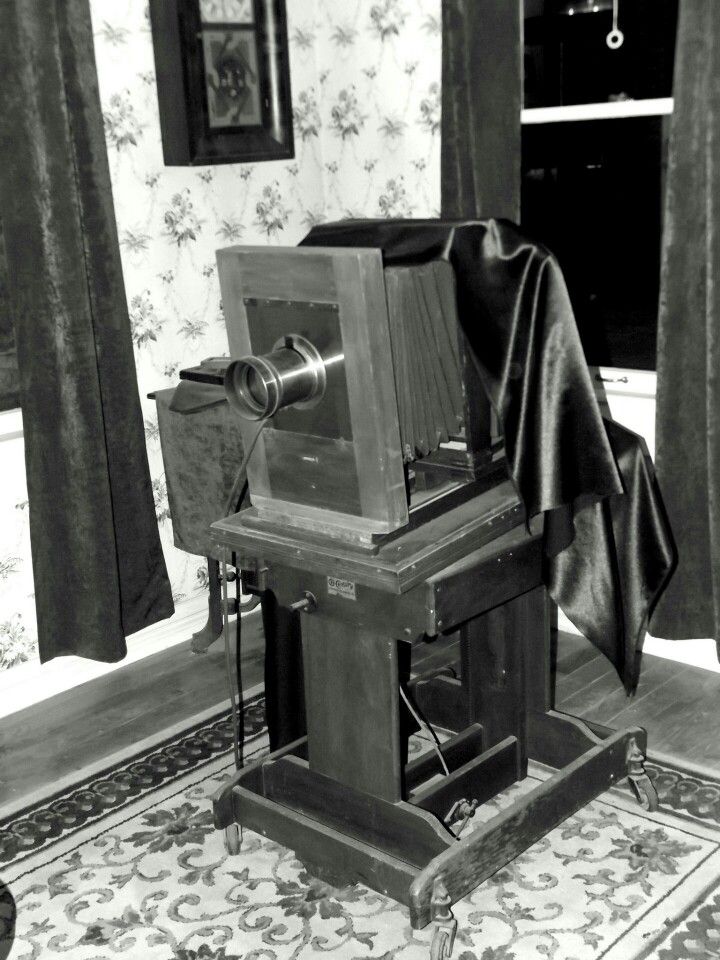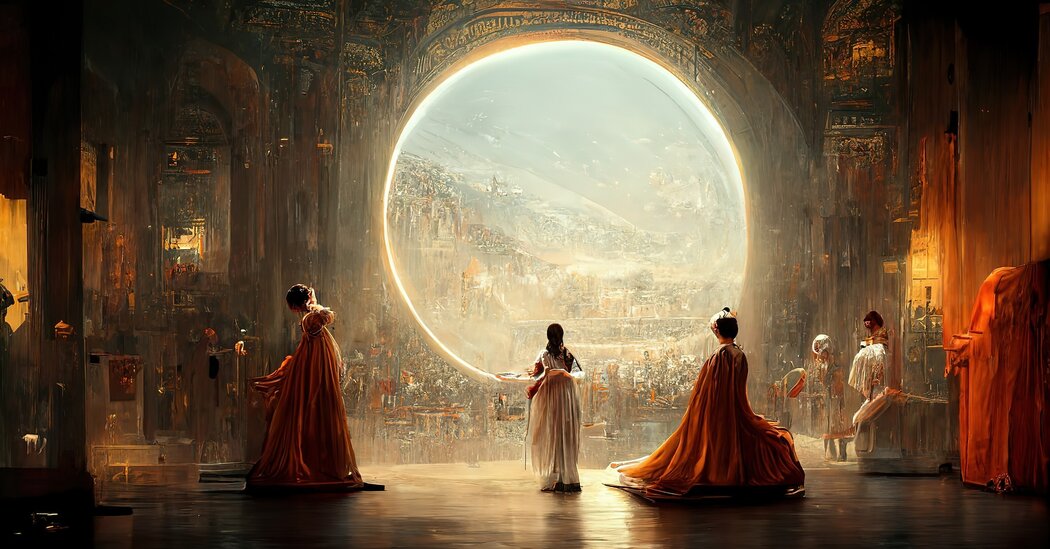AI in art - good or bad?

Old box camera with a drop cloth
When photography was invented around 1830, most people in the art world thought it was a game changer which would put many artists out of work; but it wasn't really. Up until photography came along, the only means of representing something visually was for an artist to draw or paint it and then to communicate it to the masses by exhibiting it or maybe prints of an engraving were produced and distributed. Now photographers could capture an image almost instantly, develop it, make copies and distribute them. But if you think about it, photography was never a destructive paradigm shift in the art world. Why?
Well people always recognised the difference in the process and also in the end product - you can take a quick snap of a moment and you can keep that photo and enjoy the memories it might conjure up. But if you look at a piece of artwork, whether that's a painting or a statue or whatever, you appreciate the time, thought, effort and skill which the artist poured into that piece and you might marvel about how they actually managed to create that work of art.
Photography and art
Photography, I believe, can be an artform in itself - when the photographer has a novel idea in mind, works through the idea and firms up various aspects of it; composes the scene and the lighting (or waits for hours in the freezing cold and rain, halfway up a mountain, waiting on the sun coming up to get the right shot in just the right light) and then using their skill with their equipment, captures that awe inspiring image - anyone can appreciate that process and love the result - and they know its an image and not a painting. They know it was captured by a camera operated by a photographer who knew what they were doing.
Many artists currently use photography as a tool in their art practice - as a source of inspiration or ideas, to aid with composition or simply to capture or record a scene which they want to paint in the studio.
Enter the Image Generators
The advent of Artificial Intelligence (AI) into the art world is not akin to the advent of photography. With AI systems all you need to do is type a description of what you want the image to be like and it will produce a few variations for you, within seconds. You can even say '...in the style of Van Gogh' or any artist, for that matter, and it will do so.
AI Image generators such as Midjourney, Stable Diffusion and DALL-E are able to do this because the computer systems have been 'trained' using an estimated 630 million images indiscriminately scraped from the internet, much of which is thought to be copyrighted work with no consent, credit or compensation for the artists or copyright holders.
Many people are now generating images using AI text to image generators and posting it as 'art'. In fact, a guy submitted this image to the Colorado State Fair annual art competition and won the blue ribbon for emerging digital artists; and a backlash ensued.

The AI generated image which won the Colorado State Fair art competition
Social media is swamped with AI images
The images (I deliberately call them images, not art) which many people generate with AI systems and post all over social media, don't have a big warning on them which says 'Generated by AI' - why? Because deep down they like you to think that they created them and they want lots of likes and nice comments. Sure, they might hint that it's an AI generated image by including some #ai tag but you need to look for that specifically and most people are too busy scrolling, taking in the eye candy.
I bet if they did put that warning at the top of the image, their likes and nice comments would drop by 90% minimum.
I recently had an exchange of comments on Instagram with someone using an AI system to generate their 'art' and who were defending it with comments like:
An AI-generated image reflects an artist's vision and emotions through a digital medium
- no it doesn't; its a totally unemotional response to a text prompt.
If the person actually used a stylus with a digital editing tools like Photoshop or Procreate and created something through the process of sketching on a tablet, then yeah, I can agree with that - as in this instance, you're using the tools yourself, in an artistic manner.
To my comment on the theft of millions of internet images:
AI doesn't steal. It operates on artificial neural networks, learning and evolving.
- well that's just a load of weasel-words and there are several lawsuits which argue that AI systems such as Midjourney, Stable Diffusion and DALL-E have done just that. In the US, a federal judge ruled in 2023 that AI artwork cannot meet federal copyright standards because “Copyright law is ‘limited to the original intellectual conceptions of the author’.” With no author, there is no copyright.
And on the same person's Instagram page was the following notice:
Images generated by me using AI technology, please refrain from using them without permission.
- ha you're having a giraffe!
In the terms and conditions of these AI systems, you'll be advised that images generated with them cannot be copyrighted.
The images can be generated with minimal effort - logically, therefore, they can be regarded as worthless if it took next to nothing to produce them. They are to art as fake news is to real news.
So what's the fallout so far?
The noted Scottish pop surrealist artist Michael Forbes recently painted black over half of the canvas of some of his paintings, as a protest over AI and its effects on art, citing that '...a fellow artist had stopped sharing her art on social media because of problems with AI and other artists were giving up their careers because they felt they could no longer compete against computer-generated images'. His own approach to social media was changing and he would now only share parts of his paintings and invite people to see the full finished pieces in-person at exhibitions.
Consulting the crystal ball
I think many artists, even the majority who don't have the benefit of exhibitions, may change their approach to social-media sharing, or stop it completely.
There's also the advent of tools such as Glaze and Nightshade and techniques to apply to images you want to try and protect from scraping. These tools are still being developed in order to overcome workarounds being used by the AI image generators. This is likely to be a constant battle.
Some artists are currently experimenting with these systems, for example Mark Carder openly admits in his YouTube channel to using Midjourney to generate images which he then uses as reference material for a painting.
I think it could be a great tool to use when working through a composition or when trying to work up a conceptual idea - but I'm not going to. My main objection is the use of images without consent and no compensation for those affected.
I think the artists and illustrators working in digital media will be among the first to feel the effects and then it will filter down through all other areas of the art world.
People will still make art because they feel compelled to do so. The superstars of the art world will be insulated better than most by the AI onslaught but many of those trying to make a living at it will be, I think, severely affected. In the long run, this will have an adverse effect on those considering art as a career and consequently robbing us of future innovative artists.
Further reading:
